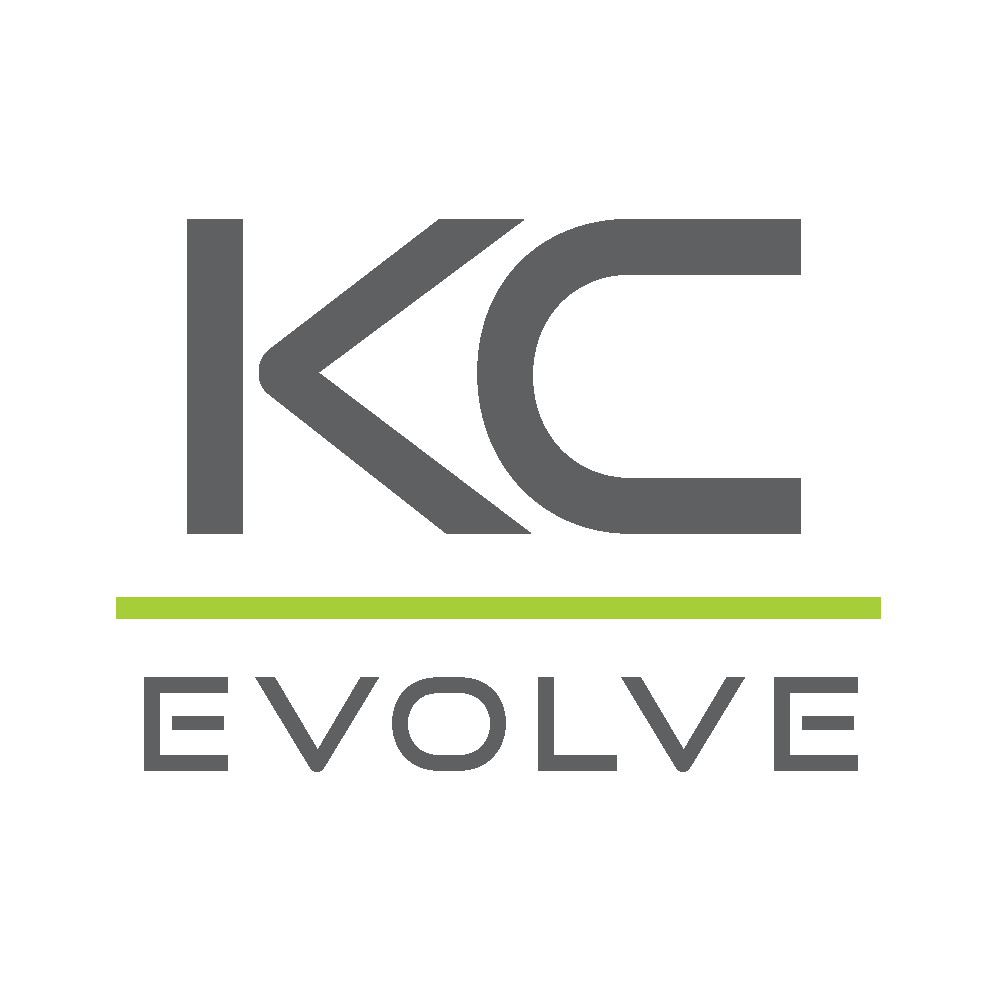Forming a REPEATABLE Business Development Process
I’m still baffled on a regular basis at the misconception that business development has nothing to do with marketing and should be considered a sales function. The reaction in my head typically looks something like this…
But then I realize that it is simply because most people also have a misconception about what marketing is responsible for (stay tuned for this article coming soon). Sales people got a bad rep in the 90’s so if I were to guess the major trigger for the misconception, I would say that the business development term has gotten tossed out of marketing and into sales because of the shift in titles for sales team members over the last 20 years. But we need to toss it back to marketing because BUSINESS DEVELOPMENT IS A MARKETING FUNCTION.
Think about the goals of a solid business development process:
Market growth
Creating Awareness
Brand placement
Lead generation and acquisition
These should all be the responsibility of a marketing team to determine the who, what, when, where and how of these goals. It would then be up to sales to achieve the goals set by the business development process.
So where do you start in developing your business development process? It varies by company and what their overall needs are but below are the top categories to consider to get you started.
Identify Buyer Personas
A buyer persona is a representation of your ideal customer, who is facing challenges that can be solved by using your product.
Who is my buyer?
What is their pain point?
How can I solve their pain point?
Establish Qualifying Criteria
A qualified lead should be a prospect that matches all of the criteria to purchase your service, and one that has expressed interest in learning more.
Qualifying criteria is a list of traits that makes a lead a good fit, or qualified. Keep the criteria simple.
DO NOT get into the habit of marking every lead qualified, because "you had a nice conversation" (remember garbage in = garbage out).
Determine Sales Stages
Identify the stages based on how you do business and how you want your sales process and department to operate and scale.
Prospect
Qualified
Presenting
Closing
Nurture
Create a Sales Script
Know your product and how it fits into the market and find a way to convey that as simply as possible to the customer. Examples:
Introduction of company
Ask the qualifying questions
Conversation about services, pricing and next steps
What are common customer objections and how to manage them?
Establishing next steps
How to ask for the close?
Develop a Conversion Funnel
Example of the ideal basic conversion funnel: calls/emails --> touches --> qualified buyers --> closed deals
A conversion funnel should be built with a “reverse” approach. Establish a range of business you would like closed over a pre-determined period of time.
In order to close that much business, how many active opportunities do you need to qualify in order to achieve that goal?
Determine the Steps per Stage Prospect
Once you’ve identified your buyer personas, you can begin the sales prospecting process.
EXAMPLES OF TASKS FOR THIS STAGE:
Collect recent customer referrals
Attend trade show or networking event
Gather recent leads from website
Search social media for companies/executives in target industry
Marketing newsletters
Qualified
The qualifying stage marks the first time your reps make direct contact with a lead.
The most well-known qualifying framework is BANT—budget, authority, need, and timeline. If a lead has these things, then they are qualified to move on to the next stage.
EXAMPLES OF TASKS FOR THIS STAGE:
Assess needs and pain points
Assess potential size of account
Identify decision-makers
Email Marketing Campaigns
Presenting
EXAMPLES OF TASKS FOR THIS STAGE:
Schedule presentation
Conduct further research on company/stakeholders to prepare
Develop specific recommendations to present
Closing
EXAMPLES OF TASKS FOR THIS STAGE:
Deliver proposal
Final negotiations
Acquire signed contracts
Nurture
EXAMPLES OF TASKS FOR THIS STAGE:
Follow up with customer immediately after delivery of product/service to ensure happiness
Subscribe customer/buyer/seller to customer newsletter
Ask for positive reviews and referrals
Forming this process takes a lot of upfront work and will require the input of several departments but it is so worth the effort. Once it’s in place, you will be able to run your sales and marketing functions seamlessly, simultaneously and harmoniously.
If you need some guidance on creating this marketing function for your company contact us.

